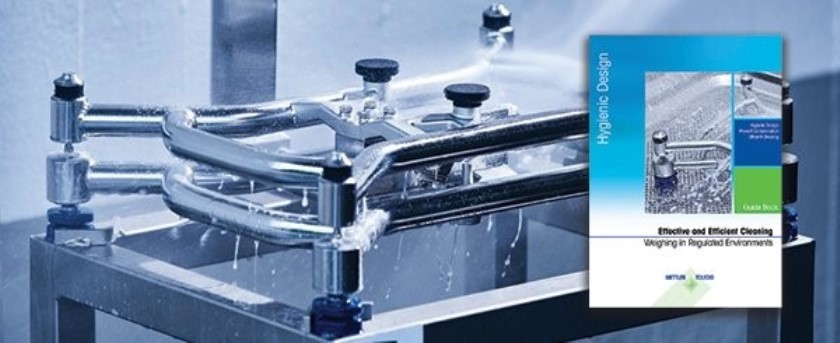In highly regulated industries, hygienic systems and processing areas can be adversely affected by a single contaminated product. This can lead to costly recalls, a damaged reputation and ultimately harm to customers.
Properly designed equipment, however, can help mitigate these risks and ensure a clean manufacturing environment. Understand the key principles of hygienic design and discover practical cleaning tips with our free Hygienic Guide.
With regard to equipment design and use, leading authorities such as the U.S. Federal Drug Administration (FDA) or the Global Food Safety Initiative (GFSI) are very consistent in their Good Manufacturing Practice (GMP) guidance. They state that equipment should be designed specifically for its intended use, prevent contamination of the manufactured products and facilitate easy cleaning.
The European Hygienic Engineering & Design Group (EHEDG) and the National Sanitation Foundation (NSF International) are the best-recognised international experts in the area of good design practices for sanitary equipment. Be sure to look for weighing equipment that is designed according to EHEDG guidelines and certified by NSF.
Surface roughness is also critical to a good hygienic design. Although a surface may seem smooth, it actually may be quite rough and have deep valleys that can harbour bacteria and soils. It’s important to ensure all surfaces on hygienic equipment is smooth, which allows easier cleaning and minimises the likelihood of soils remaining on the surface after a wash-down. To download the guide, CLICK HERE



